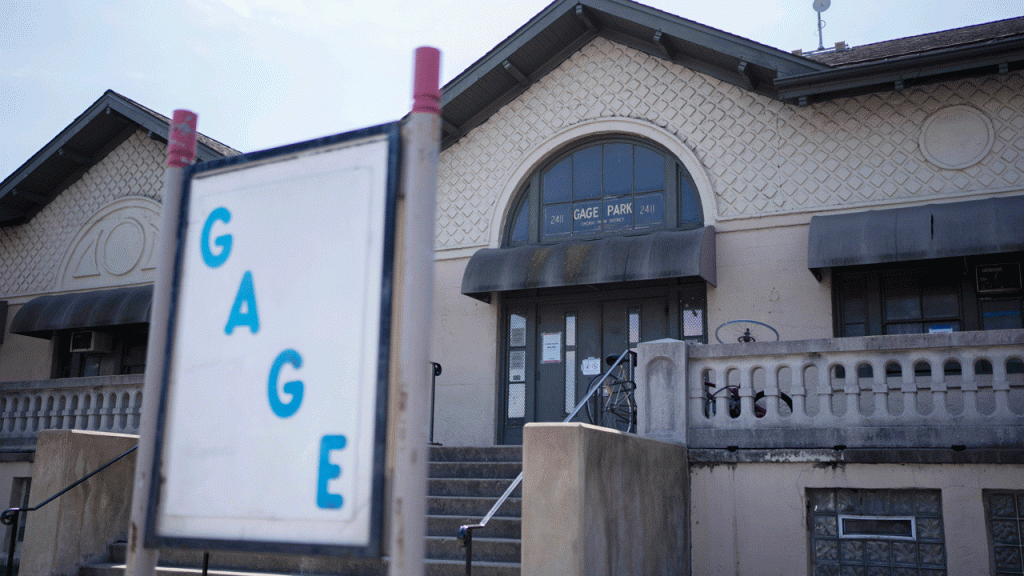Chicago plans to close five shelters for migrants in order to reopen park district buildings for summer camps and community events. This decision has been criticized by advocates for the newly arrived, who argue that services are inadequate. Mayor Brandon Johnson stated that the shelters are no longer necessary and that the park facilities will be transitioned back in time for summer programming. Since 2022, there have been over 37,000 migrants arriving in Chicago, many of whom come from Venezuela due to a social, political, and economic crisis. The city initially used police stations and airports as temporary shelters before utilizing park district field houses.
There are still nearly 20 temporary shelters operating in Chicago, including churches, hotels, and former warehouses. The city aims to move people to shelters closer to the park buildings, especially families with children enrolled in nearby schools. A 60-day limit on shelter stays was enforced in mid-March, with exemptions in place for families with children in school. Although the limit has resulted in only 24 people leaving shelters, it is a measure that other U.S. cities have also implemented to manage limited resource availability for migrants arriving by bus and plane.
Volunteers who work with new arrivals expressed concerns that the forced move will disrupt migrants’ efforts to find work and get their children to school. Many migrants are actively trying to find ways to leave shelters, and the relocation may make this task more challenging. Several residents of the park-based shelters were reportedly not informed about the city’s plan or where they might be moved. However, the city has stated that more than 15,000 people have found other housing options, with many taking advantage of rental assistance provided by the state.
Asylum seekers in the U.S. immigration court system are required to notify officials of address changes within five days to ensure they receive court notifications. Missing court dates could result in deportation. The closure of the park district shelters is part of the city’s ongoing effort to meet the needs of migrants arriving from the U.S. border with Mexico. While some residents have protested the use of park district fieldhouses as shelters, the city has reported a decrease in the number of people in shelters, with plans to transition residents to other temporary shelters. Volunteers working with migrants express concerns about how the forced move will impact migrants’ efforts to find stable housing and stability.















